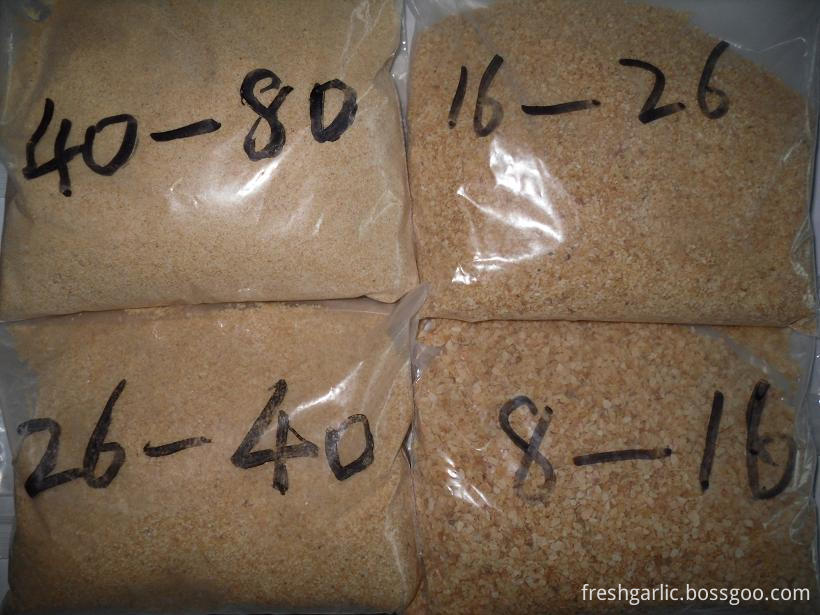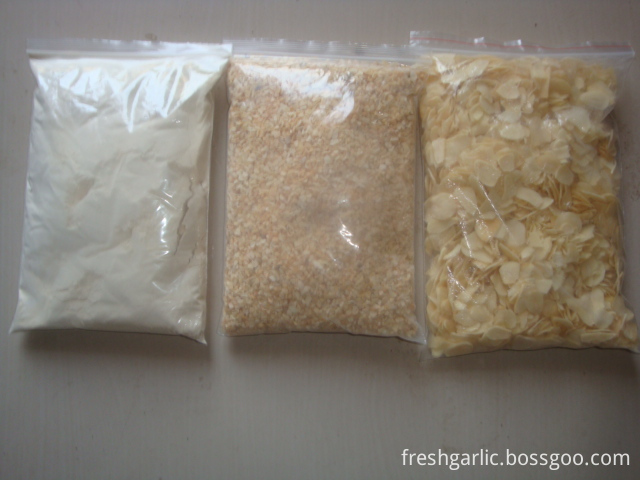Cattle feed silage
General cattle feed additives to fresh corn stalks, ryegrass, alfalfa, peanut leaves, sweet potato leaves, tung leaves as the main raw materials, dried in time, crush and Serve. This type of green plant feed is a pollution-free additive because it is processed when it is fresh and nutritious. It can replace some of the additives in the feed and has a good effect on the development of livestock and poultry. Feeding livestock and fish at a rate of 50% of the total amount of feed, the price is less than 1/2 of that of corn, and the content of amino acids, vitamins, and crude protein is 1-3 times higher than that of corn, and the average grain is 40% to 50. %, reduce the cost of feeding 30%. The basic materials for livestock are corn straw, rice straw, peanut pods and sweet potato vines as main raw materials. To make this type of green plant feed, it is only necessary to timely harvest, clean, dry, and crush the straw or rattan. This type of feed is mainly used for feeding cows, beef cattle and herbivorous fish. Feeding can add 40% to 60% of the total amount of feed. Adding about 40% of corn stover powder or rice straw meal to fish feed can reduce feed cost by 1/2. One, jade stalk silage better by the cellar storage method. Cattle bases are divided into crypts and permanent pits (the permanent cellar is made of brick, stone, and cement). The cellar site was selected where the terrain is high, the water level is low, and the soil is solid. The size of the pit depends on the number of cattle and the terrain. The general cellar depth is 1.5 meters, and the width is 2-2.5 meters. The large permanent cellar can be as wide as 5 meters. There is a slope in the pit for easy access. Fourth, after the silage filler, it is necessary to seal the cellar in time. Cattle breeding bases generally use plastic film (length and width depending on the size of the pit) and spread from one end to the other, with a width of 30 to 40 centimeters to allow the soil to be pressed. Then remove the internal air and apply 10-15 cm thick wet soil. The soil at the edge of the crypt must be more than 30 cm above the ground. After July, fill the depression with soil to make it airtight and watertight. China's green plant feed resources are extremely rich, and grasses, leaves, vegetables, and crop stalks have great value for development and utilization. Feeding beef cattle with green plant feed has many advantages such as low cost, high efficiency, low investment, quick effect, wide source, easy processing, good nutrition, and no grain, etc., and can obtain good economic and social benefits. References: http://
Garlic Granules are exported to many countries.one container can load garlic flakes, garlic granule and Garlic Powder,we can pack the goods at customer's request.
Our produce from garlic flakes to garlic granule:
Garlic Granule, 25 kg/carton
Products Description
1. Commodity name: Garlic powder
Dehydrated Garlic Granules,Garlic Granules,Dried Garlic Granules,White Dehydrated Garlic Granules JINING FORICH FRUITS & VEGETABLES CO., LTD. , https://www.forichgarlic.com
Second, corn straw silage selection is very important, it is best when the corn matures, with the cut with the transport. Corn stalks are very fresh at this time. Except for 2-3 yellow leaves on the base, the other leaves are green and the water content is 60%-75%. Corn stalks cannot bring roots and mud.
Third, the fresh corn stalks into a 2-3 cm long segment immediately after filling pits, fill with the plutonium, leveling after the practical, especially on the side, corner, the more real the better. Do not bring in nails and iron wire. Permanent silo silage, can be filled with straw while rolling back and forth with the tractor, until 60-80 cm above the cellar mouth up, the crypt should be lining the plastic film at the bottom and around to prevent air permeability.
Fifth, corn straw silage can be long-term preservation. Cattle-breeding bases can be opened for cellar feeding after 30-40 days of storage. When opening the pit, start from one end, remove the pressure soil, clear the debris around the opening, and slowly open the film to expose the silage of corn stalks. With the use of open, each feed is sufficient to feed 1 or 1 day (15-20 kg per cow per day is appropriate). Immediately after discharge, cover the opening.
Six, wheat straw ammoniation, first of all ammonia solution preparation. The ideal formula is to add 4 kg of quicklime in 100 kg of water and stir it well. After filtration and slag addition, add 18 kg of urea and dissolve it. Some places use liquefied ammonia and the results are good.
7. The cattle breeding base first built a cement tank with a length of 4 meters, a height of 1.5 meters and a width of 2 meters (on a semi-ground floor), and 35 kg of ammoniating solution per 100 kg of wheat straw was added, and the tank was fully stirred and installed. With practicality, when the wheat straw is 30 cm above the pool mouth, it is sealed with a plastic film and pressed with wet earth. After a period of time (10-15 days in summer, 60 days in winter and 30 days in spring), it can be fed.
8, 50 kg of wheat straw and 17.5 kg of ammoniated liquid and mix thoroughly, with a dedicated straw ammoniating machine to grow 80 cm wide, 60 cm wide, 40 cm high bales, tied tightly with plastic tape, immediately into a black plastic bag, exposure 1 It will be used after 10 days. This method occupies a small area, requires less investment, saves energy, and has sufficient ammoniation. It can increase the crude protein by a factor of 1, and the digestibility by 20%.
Nine, this method is also called "liquid ammonia" ammoniation method. The wheat straw to be aminated is mixed with water according to the ratio of 10:3, and it is piled into circular pods of about 1,000-1,500 kilograms per pound. The plastic cover covers the soil at the base and is sealed tightly, and then inserted by a special “ammonizing gunâ€. The liquid ammonia is sprayed in the crucible, and the ammonia release position is continuously changed. The amount of ammonia discharged is 35 pounds of wheat straw. Immediately after ammonia release, tighten the mouth. One month later, the scorpion disperses the residual ammonia and can be fed.
Garlic flakes--re-dry--flow away the garlic skin--select out the garlic flakes with dark spot by machine color sortor --produce to different size granule
2. Features:
1) Specification: 80-100 mesh, 100-120 mesh
2) Color: 100% pure natural white, no obvious spot
3) Moisture: 6% max.
3.Packing:
a) Inner packing:12.5kg/2 aluminum foil bags
b) Outer packing: 25kg/ctn
4. Supply period: All year round
5. Conveyance: 18mts/20' FCL


